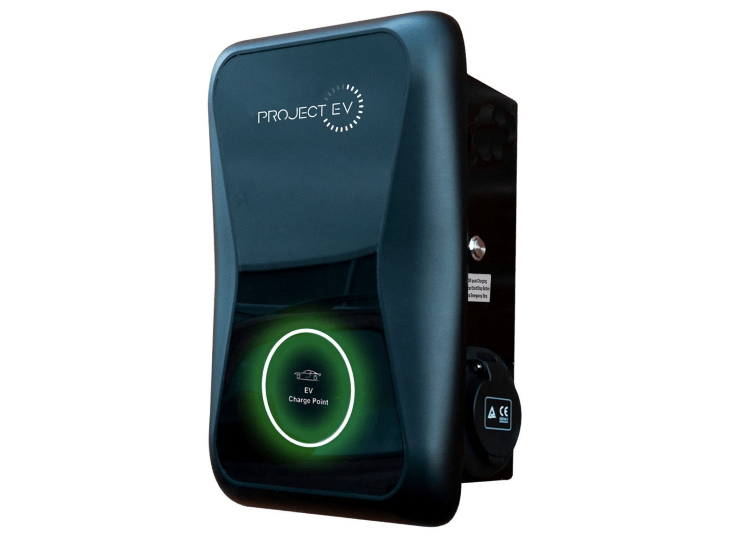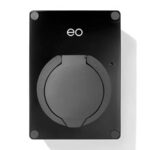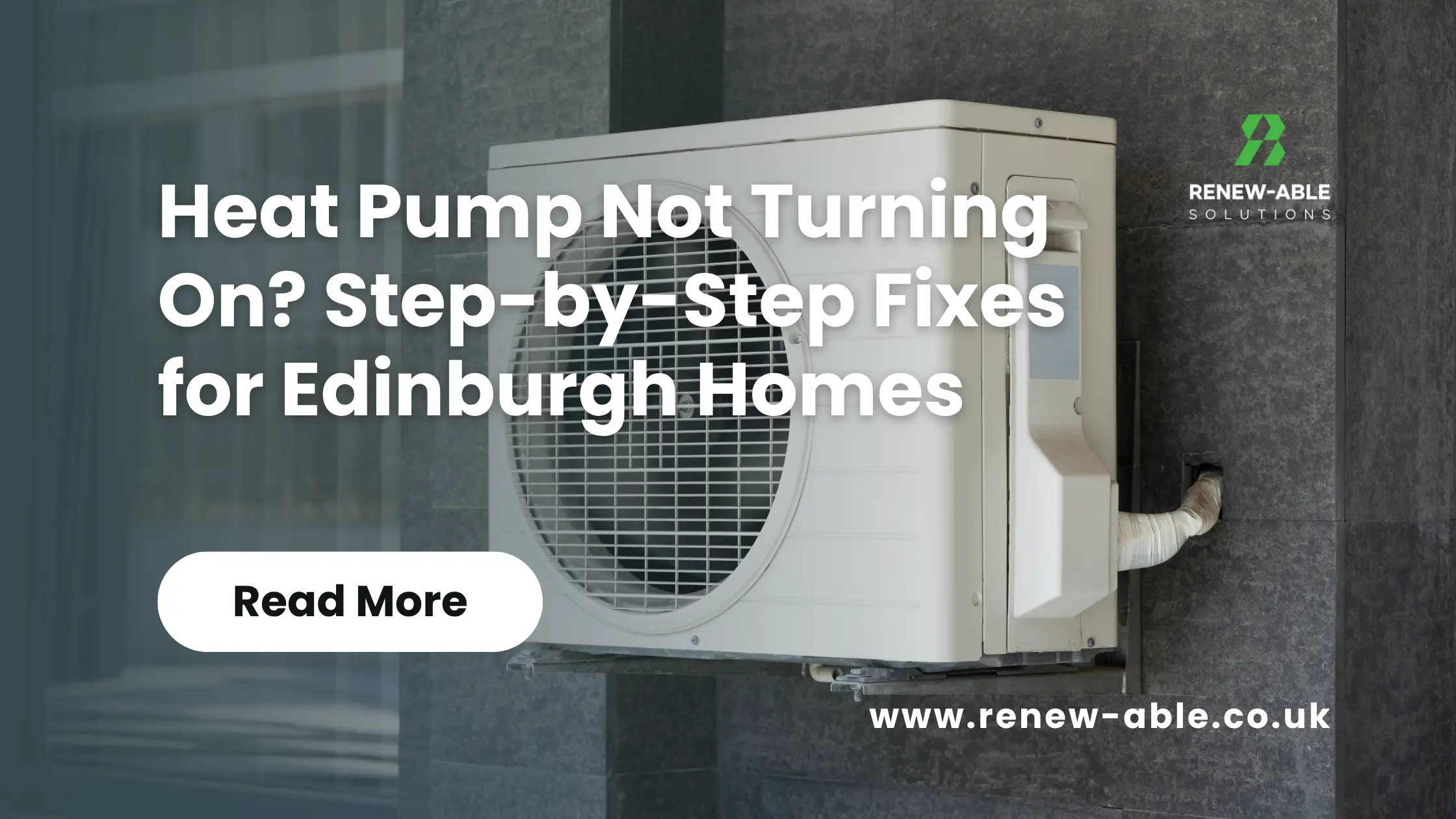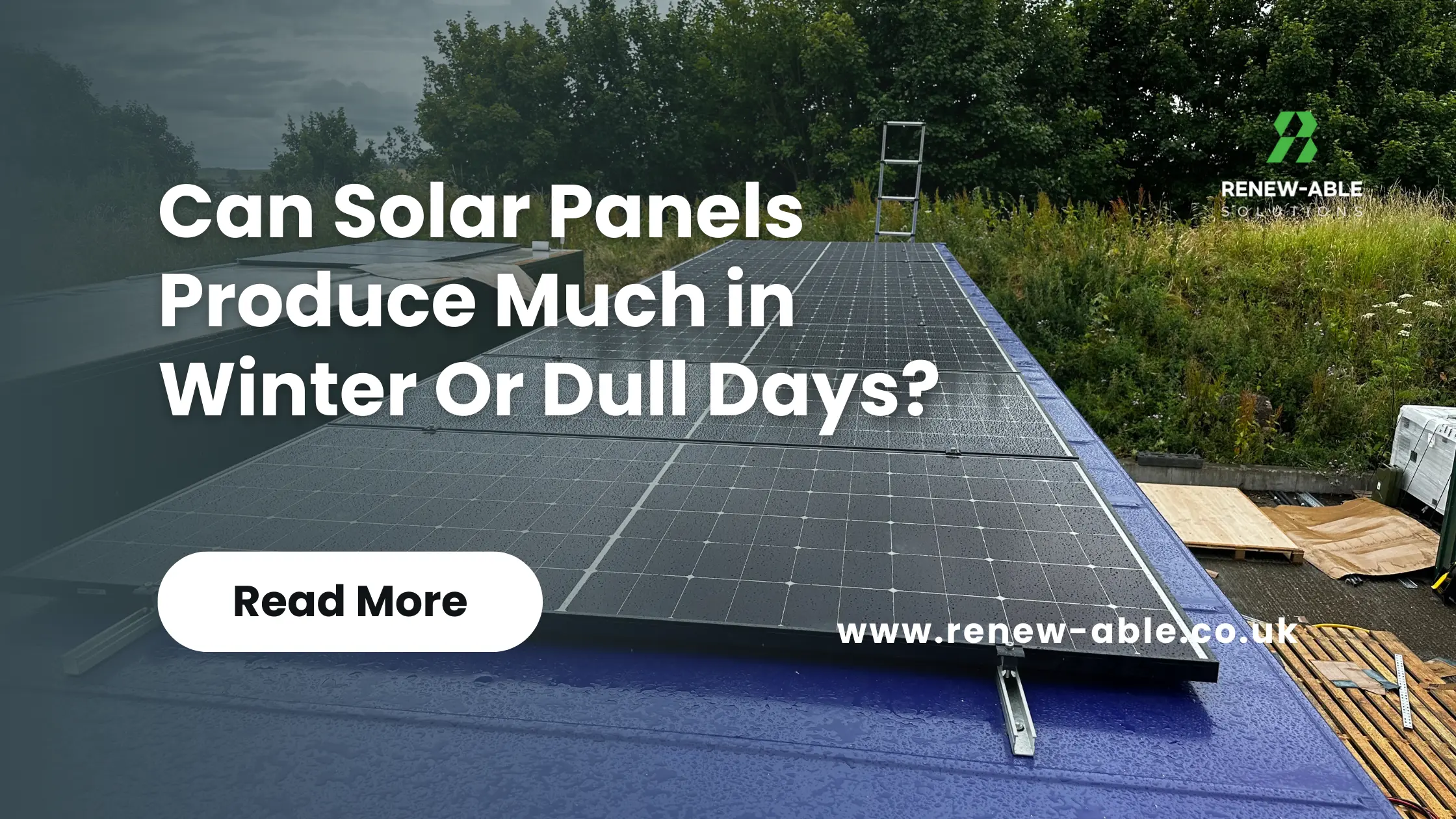Whether you’re buying your first or tenth electric vehicle, you want a home charger that allows you to take full advantage of your car’s potential, for the cheapest price possible.
That’s why we’ve separated the brilliant from the mundane, to bring you best home chargers that have been approved by the Office for Zero Emission Vehicles. We’ve judged them on cost-effectiveness, technological capabilities, and ease of use.
The prices in this article are estimates, and the final figure may depend on your circumstances – so make sure to shop around to get the best installation quote.
The Best Home Electric Vehicle Chargers:
1. Myenergi Zappi
2. Ohme Home
3. EO Mini Pro 2
4. EVBox Elvi
5. Wallbox Pulsar Plus
6. Project EV EVA-07S-SE
7. Rolec WallPod:EV HomeSmart
8. Andersen A2
9. Pod Point Solo Smart Charger
Most stylish: Andersen A2
Best budget option: Project EV EVA-07S-SE
Best for beginners: EVBox Elvi
Most subtle: Ohme Home
Myenergi Zappi

The Zappi is fantastic – and it’s the only charger to get if you have solar panels, or plan to get an array soon.
This model has three charging modes: Fast, Eco, and Eco+. If you choose Eco+, then instead of sending your surplus solar energy back to the National Grid, the charger will automatically redirect it to your electric vehicle.
On Eco, your charger will adjust to the energy usage of your home. This means it won’t overload the system, or charge up when your tariff costs you the most.
And if you’re in a rush and just need to get your car charged as quickly as possible, Fast is ready to provide.
The app is also top-notch, with an intuitive design that easily allows you to see where your vehicle’s energy is coming from. All you’ll need to do is choose which charging mode suits you.
All the chargers on this list are 7kW fast models, giving your car 25 miles of range for every hour of charge – and this is your best choice.
And just like the Pod Point, you don’t need to worry about installing a potentially unsightly earth rod. Beautiful.
Ohme Home

Ohme’s model can sync up with your electricity tariff, to make sure it uses energy when it’s cheapest for you.
Just let it know how many miles you’d like to charge, and by what time, and the machine will do the rest.
On its site, Ohme promises that “when used with a dynamic time-of-use tariff, savings of £300 per year are readily achievable.”
A couple of home chargers have this attribute, including the Zappi, but it’s still a rare quality that you should embrace – after all, who doesn’t want to cut their energy bills?
Another attractive feature is that it can use 3G or 4G instead of wifi, meaning you won’t have to worry about power cuts or your internet connection when it comes to charging your car.
It’s also absolutely tiny, with a 213cm² area that will fit practically anywhere. This is perfect if you want your charger to be a subtle addition to your home, rather than a statement piece.
EO Mini Pro 2

This chargepoint is very small – just 17.5 cm by 12.5 cm, giving it an area of 219cm².
EO says it’s the smallest smart charger in the world, though it appears to have been overtaken by Ohme’s model.
This makes it easy to hide in plain sight, though among the four colours it comes in is the extremely bright EO blue, so you can show it off if you want.
Its subtle nature is complemented by the fact that it’s one of an increasing number of electric vehicle (EV) chargers that don’t need an earth rod.
And thankfully, unlike the original EO Mini Pro, this model can be linked to EO’s own app.
The EO Smart Home app allows you to choose when you want your vehicle to power up – a feature which effectively allows you to lock your machine, as it won’t dispense charge at any other time.
If you have solar panels, you won’t have as many options as with the Zappi charger, but you can still use the app to make sure you’re using solar energy to charge your car.
EVBox Elvi

The Elvi is simple to use, so if you’re an electric vehicle beginner – and you can afford it – this may be your best bet.
To use this model, you can use the EVBox Connect app, or you can simply plug in and your vehicle will automatically start charging.
You can use the app to balance your car’s charging patterns with the rest of your home’s energy usage.
It can also work using 3G, which isn’t super-modern, but does give it a back-up option if your wifi network goes down.
Its modular design also makes it easy to alter so it can charge new cars, making it future-proof and meaning it could be useful past its standard three-year warranty.
You can also contribute to the fight against climate change by getting an Elvi. EVBox – which has sold 100,000 chargers in 55 countries – pledged in 2019 to plant a tree for every new charger it installs, to add to the 15,000 it planted in 2018.
Wallbox Pulsar Plus

Wallbox’s model has a small, compact design that alludes to science fiction, with its green light shining against a black background.
The MyWallbox app is one of the best around. It’s easy to use and connects through wifi or Bluetooth, meaning you can use it even if your home’s internet connection doesn’t stretch to your driveway or garage.
You can set up schedules through the app, monitor the charging as it happens, and even lock the charger when you’re not using it.
An earth rod also isn’t needed, just like Pod Point, Myenergi, and EO’s products on this list.
Unlike most chargers, it’s only available in a tethered option, with a 5m cable – but of course, that’s perfect if you intended to go for a tethered option anyway.
Project EV EVA-07S-SE

This charger, which is produced in China and licensed to Project EV in the UK, is also known as the ATESS or Growatt, which can make things confusing.
But if you’re looking for a cut-price budget option, this is your knight in solid if unspectacular armour.
You can use the app to start and stop it charging remotely, check how much it’s charged, and organise charging schedules to use the cheapest energy – the basics, to put it simply.
Are there drawbacks? Of course – but they may not bother you.
Firstly, it’s 24 cm by 38 cm, giving it an area of 912cm². This is around half the size of the Andersen A2, but it’s still relatively hefty.
With Project EV’s previous model, the EVA-07S-S, you needed to buy an integrated earth rod called Pro Earth for an extra £84 – but this new model comes with Pro Earth as standard.
If you have a solar array and are willing to pay a bit more, this model can use surplus solar power to power your vehicle.
However, its solar abilities aren’t well-known, and we’d recommend choosing a charger with a record of performing this function to a high level, like the Zappi or EO Mini Pro 2.
If you’re after an inexpensive product and you have the space to house this husky machine, the EVA-07S-SE could be the charger for you.
Rolec WallPod:EV HomeSmart

This model is decent value for money, with smart capabilities that you won’t find in some more expensive chargers.
By using the highly rated ev.energy app, you can start and stop the charger from anywhere in the world, organise charging schedules, and integrate your machine with your electricity tariff to make sure it uses your energy when it’s cheapest.
Rolec’s machine isn’t particularly attractive – it comes across as a slightly futuristic petrol pump, if anything, and it’s a relatively chunky machine at 756cm² – but it’s a solid mid-range product.
Rolec sells directly to electrical wholesalers, meaning you can’t buy a home charger directly from the company – so make sure you choose an approved installer.
Andersen A2

The most stylish charger on the market, hands-down – and with a price tag to match. You can choose a stainless steel finish in eight different colours, or go for one of four eco-friendly wood options.
It’s also big, at 49 cm by 34.5 cm. This 1,691cm² area makes it nearly eight times larger than the EO Mini Pro 2, but it’s certainly not an eyesore.
If you have the space, it makes a good-looking addition to your home – and unlike most other chargers, you should be able to match it to your style.
It also has attractive smart capabilities. Andersen’s Konnect app allows you to create a schedule for your charger, lock it remotely, and analyse your past charging sessions.
It also has 22kW capability built-in, if your home is one of the few in the UK to have three-phase electricity supply. If you think you do have three-phase supply, ask a professional to confirm it.
Pod Point Solo Smart Charger

Pod Point has been manufacturing chargers for more than a decade, which means it was a pioneer in the burgeoning EV industry.
The company is also one of the biggest in the UK, and owns 13.1% of public chargepoints.
Its Solo Smart Charger has some useful features, like auto power balancing, which alters your charging speed to ensure your home isn’t overloaded.
It also receives software updates if you connect it to wifi, which means it’ll get better and better over time – and if there’s an issue with the machine, a support team can fix it remotely.
You won’t need to purchase a separate earth rod for the charger, which is another plus point. It’ll reduce the installation price, and means you won’t need to get a rod driven into the ground outside your home.
The machine also pairs with the Pod Point App, but this app isn’t as highly rated as most others on the App Store or Google Play – and for good reason.
It allows you to monitor your home charging sessions, but it’s clearly been built with public chargepoints in mind, which isn’t what you want after buying a shiny new home charger.
The charger is decent, and it comes from a company you can trust – but it’s nothing special.
Summary
By now, you should know everything you need to about the best and most cost-effective home chargers on the market.
A couple of tips before you go: the Institution of Engineering & Technology’s 2019 regulations oblige companies to provide a separate earthing rod where this capability isn’t built-in, so don’t let your installer leave without grounding your charger.
It’s also the industry standard to get a three-year warranty for your charger, so make sure your supplier follows suit.
Getting a home charger could save you thousands over the lifetime of your electric car – and even more when vehicle-to-grid chargers become widely available.








